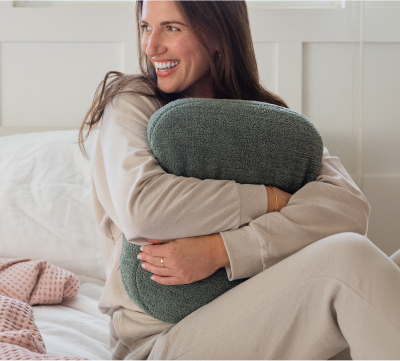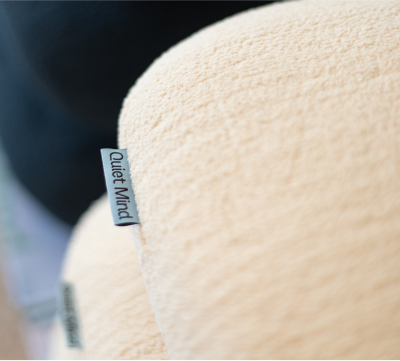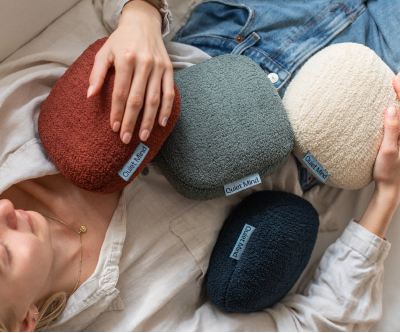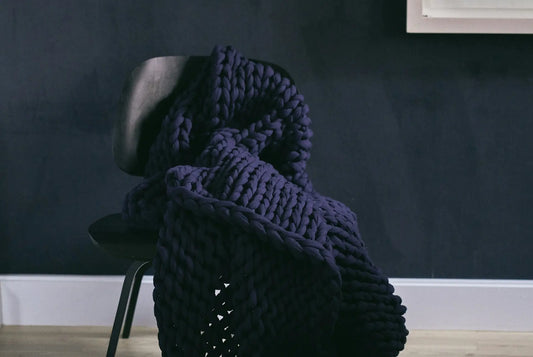Therapy isn’t always as easily available as we’d like it to be, and the one-size-fits-all approach of traditional therapy might not be the perfect fit for every child. And let’s face it, caring for any child, especially an autistic child, can be expensive.
But here’s a silver lining: parents and caregivers can provide autism therapy at home, fostering improved life skills and a stronger bond between adults and children. By setting personalized goals and tapping into easily accessible resources, parents can learn to incorporate key aspects of well-established therapies on their own or with the support of professionals.
Since every autistic child interacts differently with their surroundings, offering personalized support is key. In the familiar atmosphere of home, parents can guide their children in acquiring essential skills to navigate the world around them.
Let’s take a look at these approaches and explore how you can kick-start this journey.
What is the Goal of In-Home Autism Therapy?
There is no cure for autism, and many people in the autistic community don’t feel one is needed. Instead, they recognize that autism is a neurotype - a part of the child’s identity. It’s not a condition or disability that needs to be cured.
Just like any child, autistic kids have unique strengths and untapped developmental potential. The goal of autism home therapy is to provide opportunities for skill building. By doing so, we empower autistic children to navigate their world with greater ease and be more comfortable in social situations.

7 Ways to Practice Autism Therapy At Home
Embarking on the journey of autism therapy at home opens up a world of possibilities for parents and caregivers. From Deep Touch Pressure to Parent-Child Interaction Therapy, let’s explore seven approachable and effective strategies to seamlessly integrate autism therapy into your daily routine.
Deep Touch Pressure Therapy
Deep Touch Pressure Therapy is a great place to start with autism therapy at home because it requires no specialized training. Research suggests that DTP, such as that provided by a weighted pillow, can effectively ease anxiety in adults and children with autism spectrum disorder and other sensory processing challenges. This technique can help autistic people to maintain calm in stressful situations.
Why does it matter? Well, think of sensory processing disorders as little traffic jams in the parts of the brain responsible for interpreting sensory information. For autistic kids, this might translate into sleep issues, physical restlessness, or difficulty handling noisy and chaotic environments, such as the classroom. These factors can significantly impact their quality of life.
DTP with a weighted pillow can be used at home or on the go as a calming modality to reduce sensory-related anxiety and restlessness on demand. When placed on the child’s lap, or chest, or hugged in various positions, this simple tool can provide an immediate calming effect.
Relationship Development Intervention (RDI)
Tailored specifically for parents and caregivers of autistic children, Relationship Development Intervention (RDI) revolves around developmental theories aimed at enhancing social communication skills. This therapy zeroes in on activities promoting flexibility in thinking and adept handling of social situations, fostering skills like understanding different perspectives and managing change.
This therapy specifically focuses on activities that help kids develop flexibility in thinking and handling social situations, such as understanding different perspectives or coping with change. It has a predetermined series of goals and activities and requires the parent to work with a consultant to get started, so it’s a great option for those who prefer a clearly defined program.
Applied Behavior Analysis (ABA)
Applied Behavior Analysis, commonly called ABA, is a very specific form of autism therapy with measurable goals set by the therapist. It’s the most widely used form of autism therapy, and many professionals recommend ABA and stand by its success. However, some autism experts object to its reliance on behavior modification principles, so be sure to do your own research.
Parents and caregivers can take courses and become certified in ABA, but there are also quick online training programs that instruct on the use of ABA techniques at home. These courses teach parents how to break skills down into simple steps and teach the skill one step at a time, such as toileting, dressing, or brushing their teeth.
Only after the child masters one step, the next step is introduced. Praise, rewards, repetition, and visual aids are used to reinforce actions and support linking together of the various steps. Note that unwanted behaviors are simply ignored. Punishment is not part of this practice.
Speech Therapy
Some children with autism struggle with speech and language skills. Speech therapy can be used to help improve speaking skills and encourage the use of non-verbal communication methods, such as pictures, signs, gestures, or using an electronic speaking device.
Although speech therapy requires professional training, there are many aspects of speech and communication therapy that can be practiced at home without a lot of training. Simple things like reading to your child, singing to your child, or role-playing and acting out stories are easy ways to incorporate language learning every day.
Programs like Hanen’s More Than Words and Talkability program are designed just for parents and caregivers and be taken in-person or through a DVD/guidebook version. Regardless of how you get started, you can help your autistic child develop their communication skills at home through spontaneous teaching moments and structured learning.
Play Therapy
In a nutshell, play therapy is simply learning through the activity of play. Children often lean toward solitary play, repeating the same actions over and over.
The primary goal of play therapy is to build communication skills and encourage social interaction, over time, enhancing the child’s ability to engage in symbolic play and new activities. The best way to get started is through simple games and sensory activities like:
- Blowing bubbles
- Finger painting
- Swinging and sliding
- Mud or sandbox play
- Water play with a large bucket and things like rocks, shells, or plastic toys to play with
As the child’s abilities grow, parents and caregivers can introduce collaborative or back-and-forth games, fostering a more interactive and dynamic environment.
Floortime
Floortime is similar to play therapy, but its primary goal is a bit different. Floortime is built around the idea of expanding the “circles of communication” for autistic children. Through Floortime techniques, parents and caregivers encourage the child to participate in verbal or non-verbal back-and-forth interactions, tailoring the approach to the child’s level.
The technique helps autistic kids expand their social skills and learn to make emotional connections. Parents, caregivers, and even older siblings are encouraged to join the child’s activities and follow their lead in play.
You begin by observing the child at play and then copying their actions. After a while, you add something new to the routine, such as a new toy or simple action. The techniques can be learned through online courses, videos, books, or working with a Floortime therapist.
Parent-Child Interaction Therapy (PCIT)
For autistic children grappling with aggressive behaviors that hinder social interaction, Parent-Child Interaction Therapy can be especially helpful. PCIT technique is intended for autistic kids with aggressive behaviors and can be used at home by adults who are trained by consultants.
The goal of PCIT is to disrupt escalation in negative behaviors, guiding parents in setting clear limits and establishing their authority in the relationship. This therapy is based on the idea that a secure, strong attachment relationship is the foundation for establishing effective limits and consistency in discipline, which improves mental health for both child and parent.
PCIT isn’t practiced exclusively at home. Instead, it includes in-office therapy sessions, where parents can learn and practice skills with the support of a professional. Treatment isn’t time-limited and is considered complete when specific goals are reached. It can last as long as you need it.

- Emma S
In Conclusion
Autism is identified more now than ever in the past. According to the Centers for Disease Control and Prevention (CDC), 1 out of every 150 people was identified as autistic in the year 2000. By 2020, its prevalence increased to 1 in 36. As the autism community expands, so does the network of families sharing similar experiences and perspectives.
Connecting with others who understand your journey is invaluable. Your child’s therapist or pediatrician is a valuable resource in your journey toward providing autism therapy at home. They can provide referrals and insightful suggestions to guide your initial steps.
We understand that therapy for autistic children may not always be readily available, affordable, or tailored to individual needs. Our exploration of techniques such as Deep Touch Pressure with a weighted pillow underscores the potential for practicing autism therapy within the familiar confines of home, improving the quality of life for loved ones on the autism spectrum.


















